
Ballsbridge is an affluent neighbourhood of the city of Dublin, the capital of Ireland. The area is largely situated north and west of a three-arch stone bridge across the River Dodder, on the south side of the city. The sign on the bridge still proclaims it as "Ball's Bridge", in recognition of the fact that the original bridge on that location was built and owned by the Ball family, a well-known Dublin merchant family in the 1500s and the 1600s. The current bridge was built in 1791.
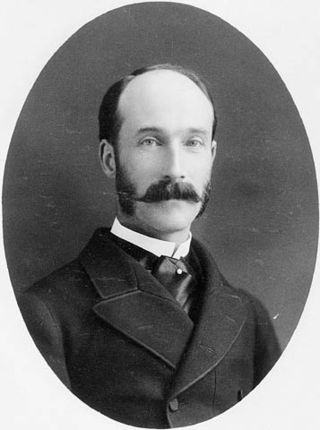
Henry Charles Keith Petty-Fitzmaurice, 5th Marquess of Lansdowne,, was a British statesman who served successively as Governor General of Canada, Viceroy of India, Secretary of State for War and Secretary of State for Foreign Affairs.

William Petty Fitzmaurice, 1st Marquess of Lansdowne,, was an Anglo-Irish Whig statesman who was the first home secretary in 1782 and then prime minister in 1782-83 during the final months of the American War of Independence. He succeeded in securing peace with America and this feat remains his most notable legacy.
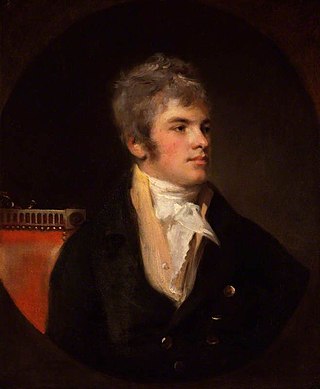
Henry Petty-Fitzmaurice, 3rd Marquess of Lansdowne,, known as Lord Henry Petty from 1784 to 1809, was a British statesman. In a ministerial career spanning nearly half a century, he notably served as Home Secretary and Chancellor of the Exchequer and was three times Lord President of the Council.

Bowood is a Grade I listed Georgian country house in Wiltshire, England, that has been owned for more than 250 years by the Fitzmaurice family. The house, with interiors by Robert Adam, stands in extensive grounds which include a garden designed by Lancelot "Capability" Brown. It is adjacent to the village of Derry Hill, halfway between Calne and Chippenham. The greater part of the house was demolished in 1956.

Lansdowne Road Stadium was a stadium in Dublin owned by the Irish Rugby Football Union (IRFU) that was primarily used for rugby union and association football matches. The stadium was demolished in 2007 to make way for the Aviva Stadium on the same site, which opened in 2010.

Lansdowne House now 9 Fitzmaurice Place is the remaining part of an aristocratic English town house building to the south of Berkeley Square in central London, England. The initial name was for two decades Shelburne House, then its title matched its owning family's elevation to a higher peerage in 1784. In the mid to late 19th century, it was frequently let, as a whole, to families of very high wealth or income, such as Lord Rosebery and Hannah de Rothschild of Mentmore Towers from 1878 to 1890. Some of its 18th-century interiors, among the best in London, were taken elsewhere. It was at different times leased by three 19th century British prime ministers, and William Waldorf Astor, 1st Viscount Astor of Cliveden House, widely believed to be the richest man in America at the time of his tenancy (1891–1893) and also by Harry Gordon Selfridge in the 1920s. Landsdowne's heirs sold the property in 1929, two years after the death of the 5th Marquess, a prominent government frontbencher.
Lansdowne or Lansdown may refer to:

Knocklyon is a suburb of the city of Dublin, located in South Dublin, Ireland. Unlike many Dublin suburbs, Knocklyon was not developed around a village; rather it largely consists of modern housing, with a number of old cottages and farmhouses along Knocklyon Road attesting to the area's rural past.

Ringsend is a southside inner suburb of Dublin, Ireland. It is located on the south bank of the River Liffey and east of the River Dodder, about two kilometres east of the city centre. It is the southern terminus of the East Link Toll Bridge. Areas included in Ringsend are the south side of the Dublin Docklands, and at the west end is the area of South Lotts and part of the Grand Canal Dock area. Neighbouring areas include Irishtown, Sandymount and the Beggars Bush part of Ballsbridge to the south, and the city centre to the west. A key feature of the area is the chimneys of Poolbeg power station.

The River Dodder is one of the three main rivers in Dublin, Ireland, the others being the Liffey, of which the Dodder is the largest tributary, and the Tolka.
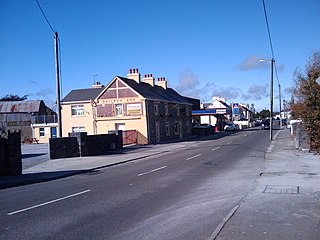
Lixnaw is a village in North County Kerry, Ireland. It is near the River Brick, 10 km (6 mi) SW of Listowel and 16 km (10 mi) NE of Tralee.

Henry Thomas Petty-Fitzmaurice, 4th Marquess of Lansdowne, styled Lord Henry Petty-FitzMaurice until 1836 and Earl of Shelburne between 1836 and 1863, was a British politician.
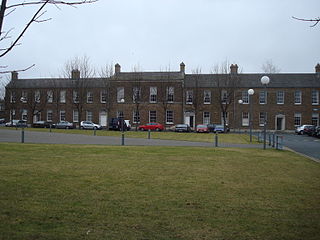
Beggars Bush is the site of the former Beggars Bush Barracks on Haddington Road in the inner southern suburbs of Dublin, Ireland, as well the surrounding area and a nearby pub. The barracks were bordered to the east by Shelbourne Road, which used to be the western bank of the River Dodder. The locality is in the jurisdiction of Dublin City Council, is broadly considered to be part of Ballsbridge, and is in the postal district Dublin 4.

Edmond George Petty-Fitzmaurice, 1st Baron Fitzmaurice,, styled Lord Edmond FitzMaurice from 1863 to 1906, was a British Liberal politician. He served as Under-Secretary of State for Foreign Affairs from 1883 to 1885 and again from 1905 to 1908, when he entered the cabinet as Chancellor of the Duchy of Lancaster under H. H. Asquith. However, illness forced him to resign the following year.

Herbert Road in Ballsbridge, Ireland is a mostly residential road that links Tritonville Road with Lansdowne Road. Newbridge Avenue joins by the bridge, in front of Marian College and the former site of Sandymount High School next door. There are several hotels on the road. Noteworthy is the Mount Herbert Hotel which is a conversion of a terrace of stately homes. The road extends to the roundabout at the junction, which is part of Lansdowne Road. Both this road, and Newbridge Avenue, are built on the former site of Haigs' distillery.

John Henry Petty, Earl Wycombe, 2nd Marquess of Lansdowne, was a British Whig politician who in Ireland was suspected of complicity in a republican conspiracy. In 1786, his father, the former British Prime Minister Lord Shelbourne, secured him an English seat in the House of Commons. After witnessing revolutionary events in Paris, he began to establish an independent reputation as a friend of reform, critical of the war with France and of the suppression of democratic agitation at home. In 1797 he repaired to his father's estates in Ireland where his political associations brought him under government surveillance.
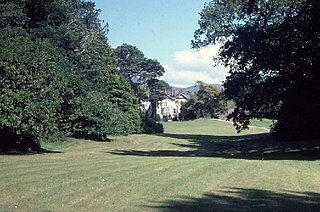
Derreen Garden lies on a promontory in Kilmakilloge Harbour on the Beara Peninsula, in Tuosist parish, near Kenmare in County Kerry, Republic of Ireland. The 4th Marquess of Lansdowne (1816–1866) initiated the planting of the garden in 1863, but it was his son and heir, The 5th Marquess of Lansdowne (1845–1927), who in his time served as Governor General of Canada, Viceroy of India, and British Secretary of State for Foreign Affairs, who from 1870 onwards gave the garden its present shape. Today it covers more than 60 acres and includes nearly 12 km of paths.
Francis Thomas-Fitzmaurice, 3rd Earl of Kerry was an Irish peer. He was the heir to a great inheritance, but his extravagance led to the loss of all his Irish estates.

The Life of Sir William Petty 1623-1687 is a book, written by Lord Edmond Fitzmaurice, and published in 1895. It is a biography of Sir William Petty, the 17th-century scientist, known for his inventions, his charting of large parts of Ireland, in the Down Survey, and his publications on many different topics, like "political arithmetic" and political economy.

















